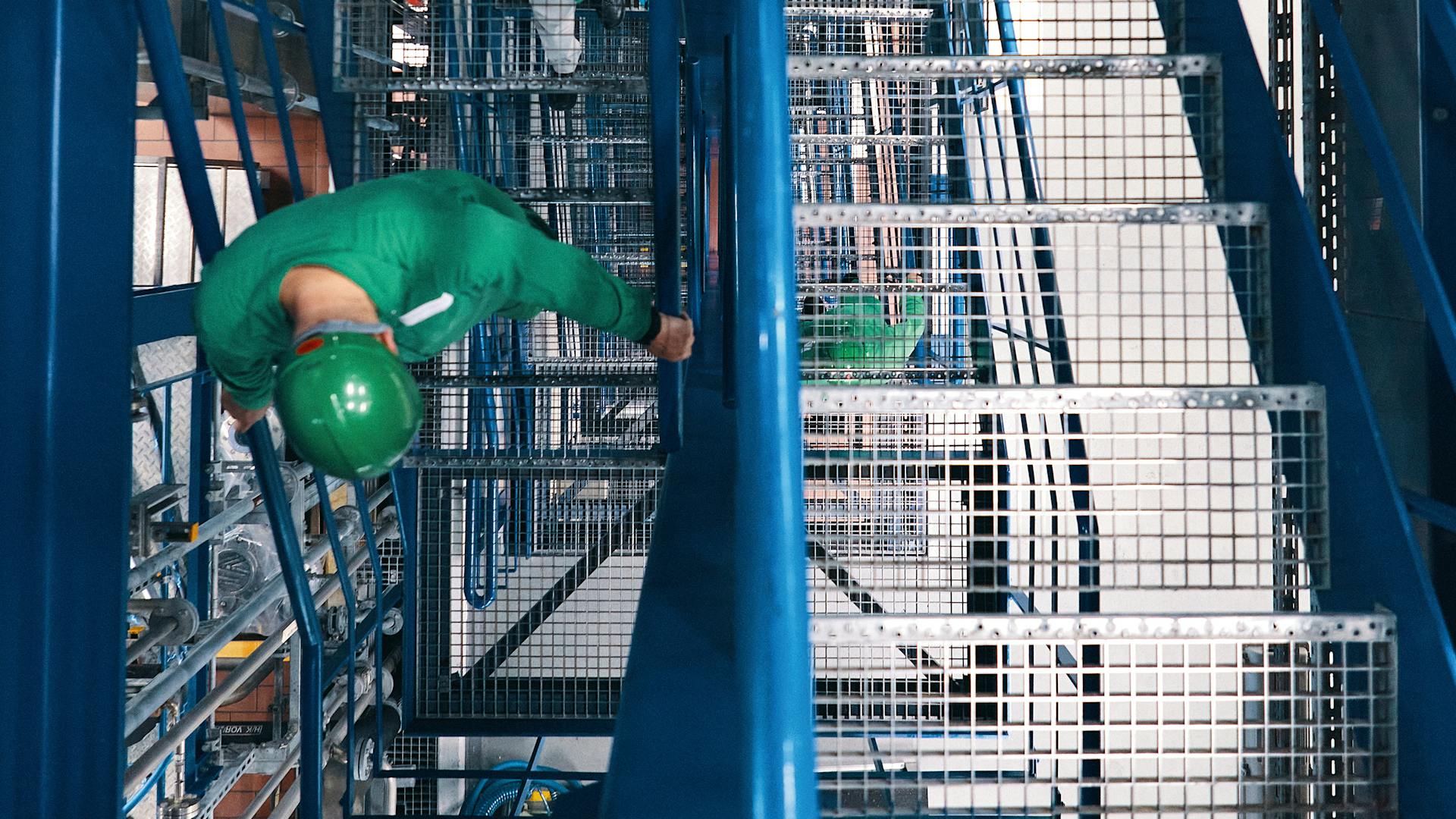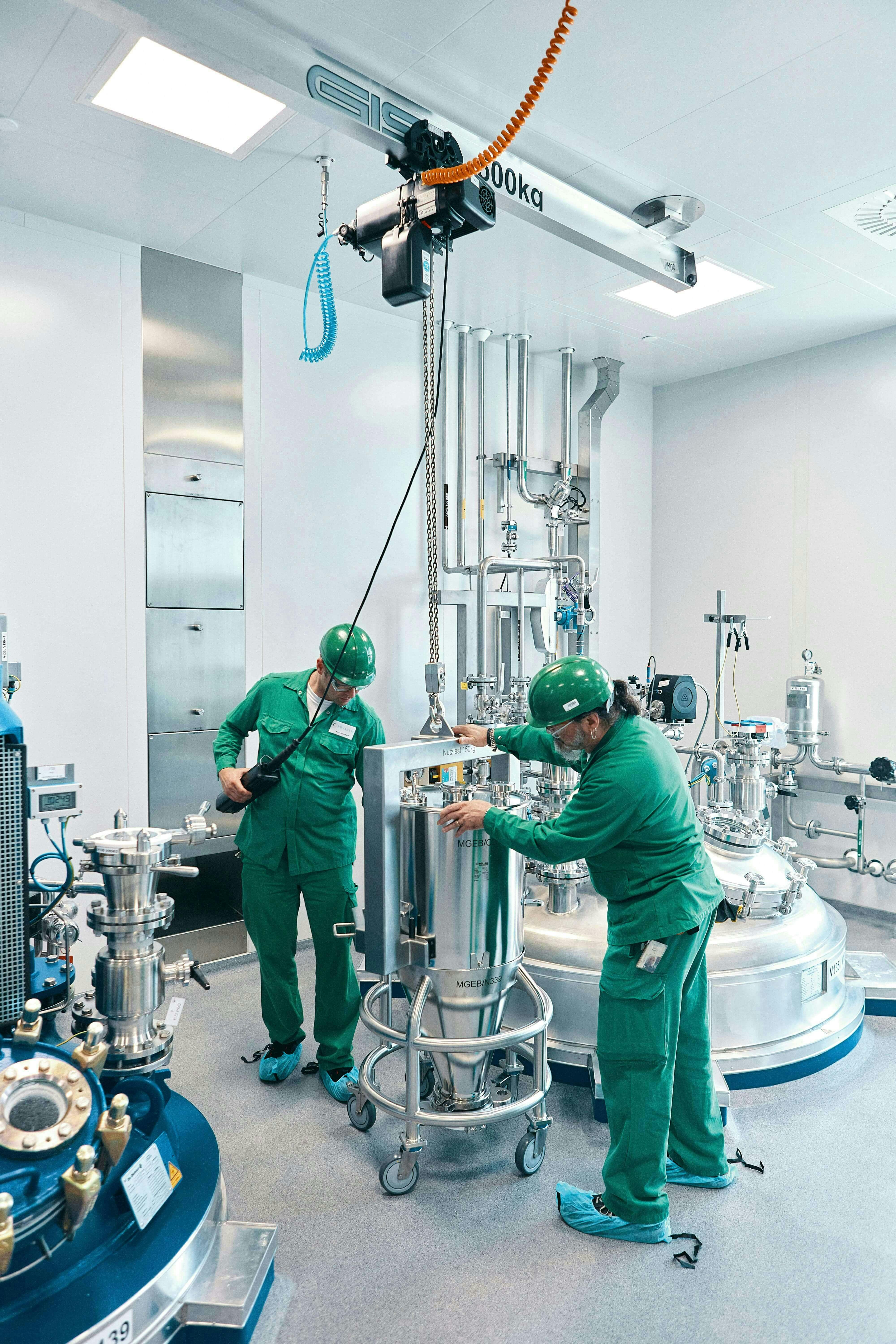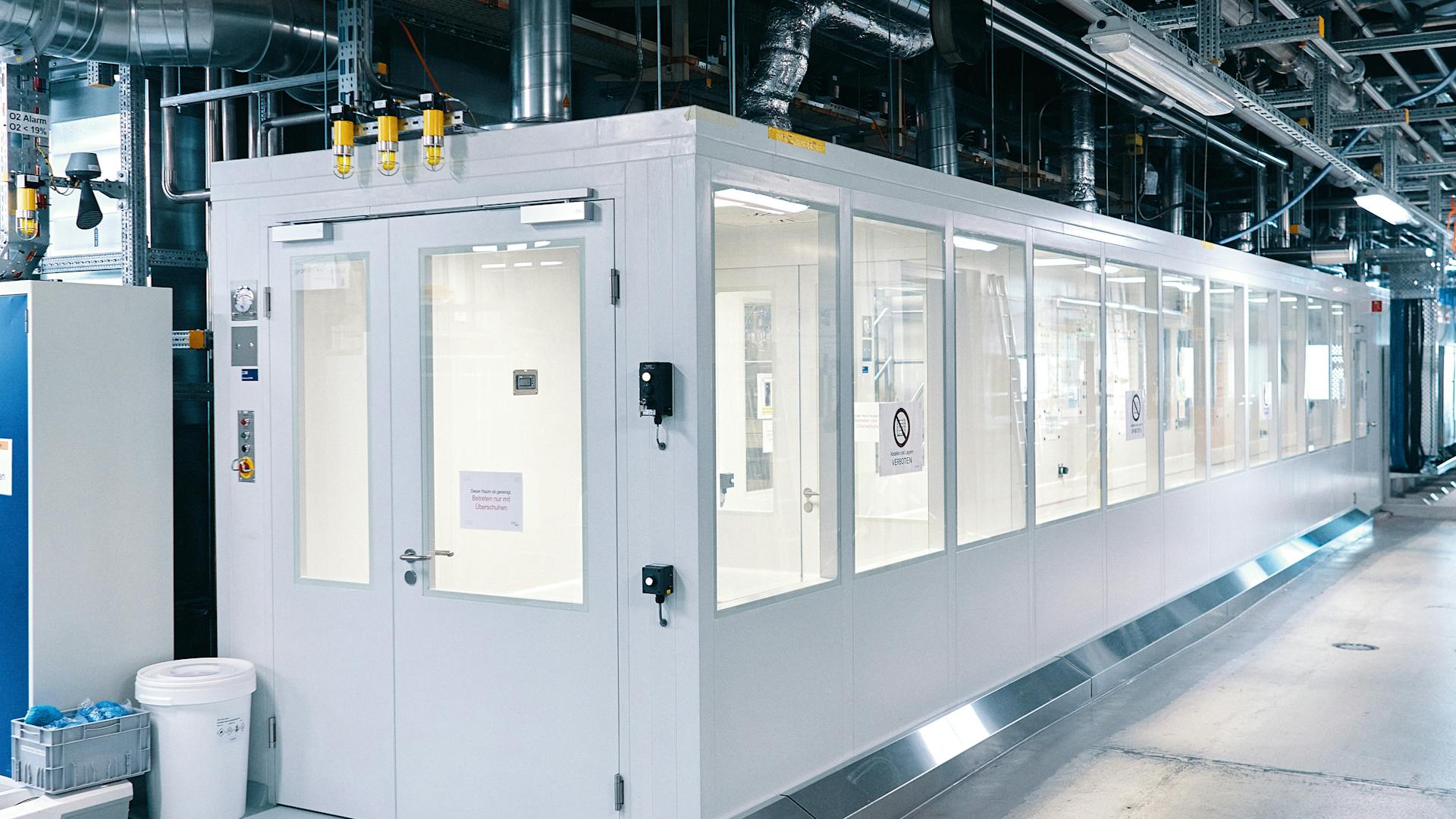Live. Magazine
Approaching Basel on the highway from Zurich, the vista opens upon seemingly endless rows of massive chemical factories, with grey concrete buildings, fuming smokestacks and bulky tanks dominating the scene.
There is no escaping the fact that the stretch between Muttenz and Pratteln on the outskirts of Basel is a condensed spot of industrial ugliness. But without it, the city’s position as a global science hub would be unthinkable.
It was here in Schweizerhalle that the Swiss chemical industry found one of its first homes two centuries ago, shortly after German miner Christian Glenck hit upon a rich salt reservoir in 1820, providing the emerging color dye industry with a vital ingredient.
For more than 100 years, the dye industry drove the local economy, before it was replaced by the pharmaceuticals industry, which also depended heavily on chemistry to synthesize small-molecule drugs.
But in the 1980s and 1990s, Schweizerhalle and the Swiss chemical sector as a whole began to lose their luster, for both economic and technological reasons. Pharma companies started to switch to biotech drugs, while chemical production was increasingly outsourced.
Environmental pressure was also rising, especially after the Schweizerhalle chemical spill in 1986, which triggered a major safety and security rethink and a continual improvement of processes. But despite these challenges, the sector is by no means disappearing.
Home of innovation
The Schweizerhalle site, which stretches over 32 000 square meters, is alive and kicking and home to a flurry of leading chemicals producers, including firms such as Syngenta, Primopus, Clariant, Bayer and BASF.
Novartis, having managed the site together with Clariant until 2018, sold several factories. But it still owns a large facility here, which it modernized, adding two new production lines that hint at the future trajectory of the industry.
While the outer shell of the building, which was built in 1986, looks a bit dated, its inner life sports one of the world’s most modern chemical manufacturing units, ready to produce synthetic RNA strands for a game-changing approach to medicine.

The facility is built on three floors.
“Schweizerhalle has been through some turbulent times during its long history,” says Michael Wessels, Site and Manufacturing Head Chemical Operations Switzerland, when we met him last June. “But it has also always been a home of innovation, from dye color chemistry to the production of small-molecule drugs.”
Brownfield project
Now, Michael Wessels and his team are adding another chapter to the innovation history of Schweizerhalle, one with which they are breaking new ground within and outside of Novartis and which is expected to lead the site into a sustainable future.
The engineering team started work on the new production lines during the pandemic and built the assets, which extend over three floors, in less than two years – an astounding feat considering they had to squeeze the units within the existing building.

All in all, the team fitted 12 kilometers of piping and 100 different equipment types such as large and small vessels, synthesizers and two huge lyophilizers, which look like a pizza oven from Star Wars. At peak times more than 200 craftsmen, installing the complex plumbing and production equipment, were present at the site at the same time.
A technical project team, consisting of chemical process experts, who drew on many years of direct chemical production experience, oversaw the technical transfer. It helped to orchestrate the construction and scientific setup of the site. “This was a brownfield project,” Wessels says. “The challenge was that we had to structure the manufacturing process over three floors and build it next to our ongoing chemical production lines.”
The biggest difference between the classic and new production lines is immediately visible even to the layman: While the old part of the facility shows its naked structure of pipes and tanks that produce small-molecule drugs, the new manufacturing lines are embedded within clean rooms, fit to support the low bioburden production needed for these modern drugs.
Operators need to follow gowning procedures similar to biotech production facilities, where manufacturing steps are executed in different zones which demand increasing levels of cleanliness. For Wessels, this is the next generation of chemical production, but also a dream come true. “I was trained as an organic chemist and did my Ph.D. in the field,” Wessels says. “But such complex organic chemistry on such a production level never really materialized in my career, until now.”
Although the facility is technically a chemical operating site, it feels more like a clean room in a biotech production unit.
Synthetic RNA
The new facility will produce one of the most complex classes of medicines, so-called small interfering ribonucleic acids (siRNAs), an oligonucleotide (parts of RNA) positioned between small molecules and biologicals.
Unlike small-molecule or biotech drugs, which try to neutralize a disease-relevant protein by docking onto it, siRNA medicines block the creation of the bad protein itself by silencing the so-called messenger RNA, or mRNA, which holds the information to produce the protein.
The mechanism of action for these drugs was discovered in the 1990s, but medicines have been hard to produce for quite some time. “There were many RNA projects across the industry,” Wessels remembers. “Novartis was one of the pioneers in that field, but the chemical stability of RNA in the body, the immune response and the maturity of delivery of these molecules to the target needed some innovation time.”
To overcome the challenges, scientists developed several tricks, which has helped the technology to pick up quickly with more than a dozen of such drugs reaching the market over the past few years.
For the Novartis molecule, the delivery into cells is managed by a sort of chemical tripod – essentially a sugar molecule – which actively induces the uptake into liver cells and transports the siRNA to the right spot.
Complex production
The chemical synthesis of the drug, meanwhile, is also very complex. The therapy consists of two separate strands of RNA base pairs, which first need to be connected like a pearl necklace and then strung together to build the molecule.
“Compared to a small-molecule drug, the siRNA molecule is substantially bigger and more difficult to manufacture,” Wessels says. “But as an organic chemist and on that scale, this is probably what I have been waiting for all my career.”
On the upper floor of the facility in the synthesis room, there are several small tanks. They hold the initial ingredients which are delivered to the synthesizer station, where the “necklace-making” process starts.
Constant checking of the complex process is paramount.
In a nutshell, the manufacturing process works as follows: The two separate oligonucleotide strands are created by solid-phase synthesis each, meaning the nucleic acids are connected on a solid phase. The nucleobase chain is then elongated on the resin (solid phase) in a consecutive manner. The finished RNA single strand is then cleaved in a later step from the resin and purified by a chromatography step.
At the end, the two single strands are mixed during a process step called annealing, in which the two strands intertwine. After this process is completed, concentration steps followed by lyophilization yields the final dry drug substance powder that is used later for the manufacturing of the final dosage form.

Future of chemistry
Michael Wessels is proud of what the team has achieved in this short period, also because this was the first time an engineering and a production team within Novartis could gain experience of siRNA large-scale manufacturing. “We brought in a technology novel to Novartis in a very short time, on a scale which, as far as we know, is the highest in the industry,” Wessels says.
While the technology and the complex process was new to the manufacturing unit given that the whole team was educated in classical small-molecule production, Wessels says everybody was eager to learn and acquaint themselves with the new process technology. “Team members went to see the vendors who built the different assets, for instance the synthesizer,” Wessels remembers. “On site, they gained first insights into the systems and became increasingly familiar with the technology to the extent that they know every pipe and screw.”
Wessels is convinced that RNA manufacturing is opening new prospects for the industry and associates alike. “We have installed state-of-the-art manufacturing technology positioned between classical small molecules and biologics, with new capabilities like synthesizer and chromatography activities. All in one shop,” Wessels says. “It’s a great working environment for our manufacturing team. In addition, we have here on site the capabilities to establish a sustainable manufacturing process.”
The new production lines are also fresh avenues into the future. After years of volume reduction due to changes in the product portfolio, as Novartis shifted from small-molecule to biotech production, associates at Schweizerhalle now feel a sense of optimism. The odds look good that the site’s latest innovation could lead to its renaissance.








